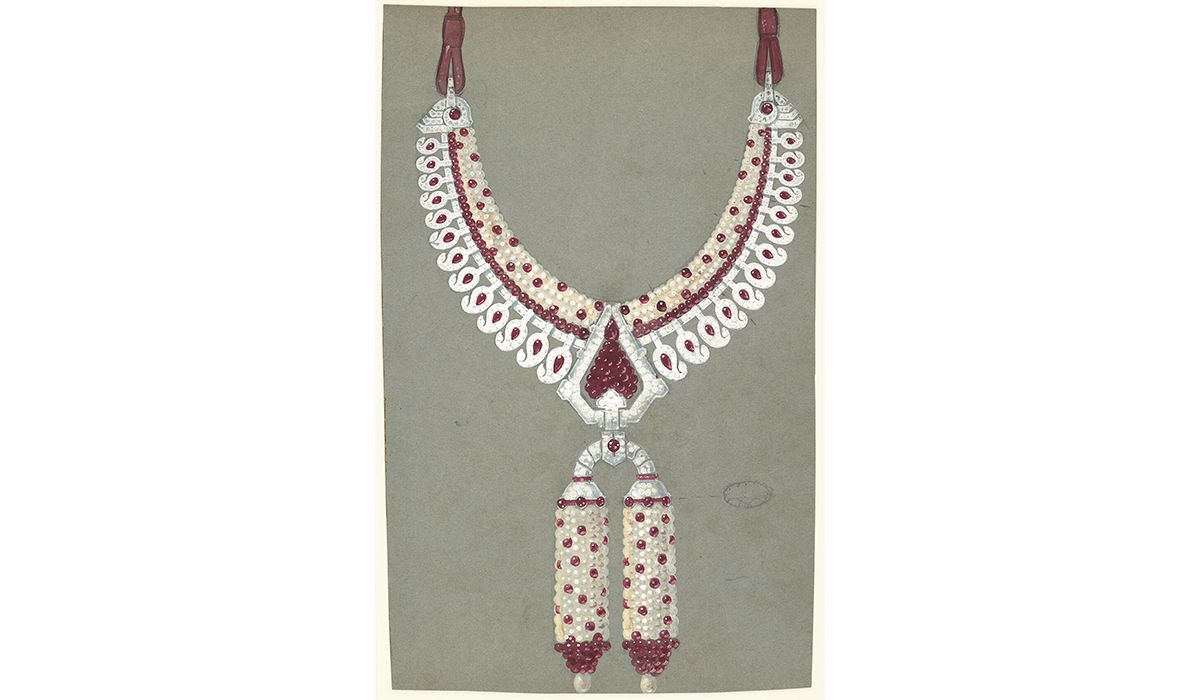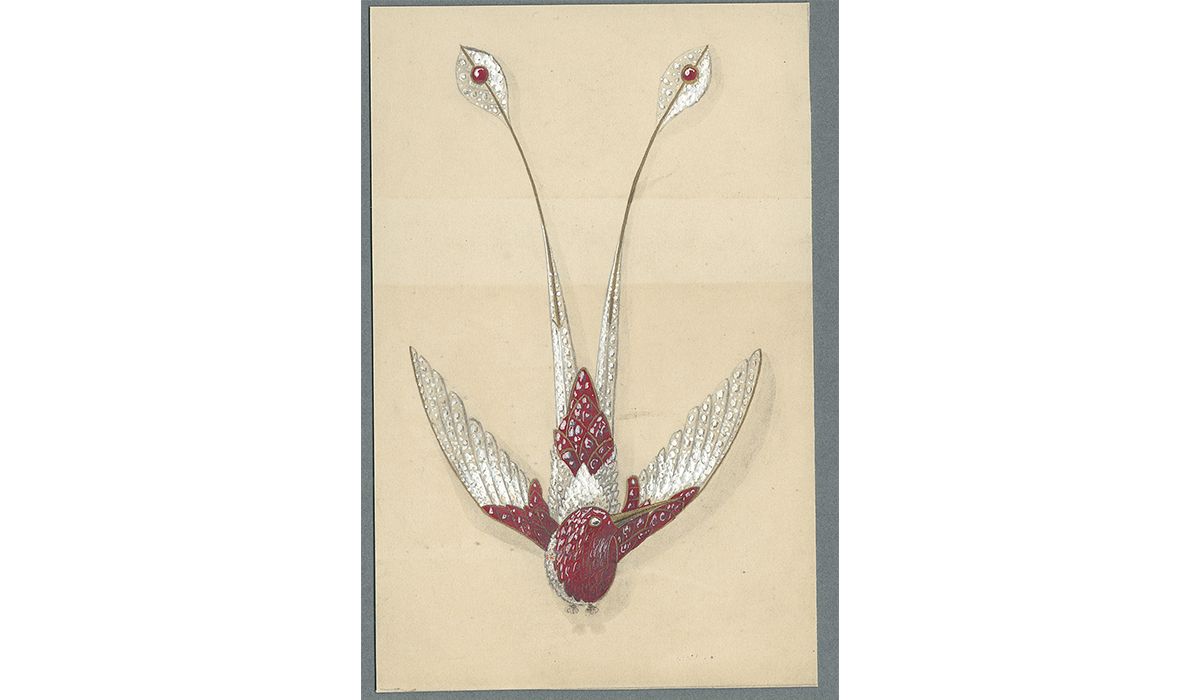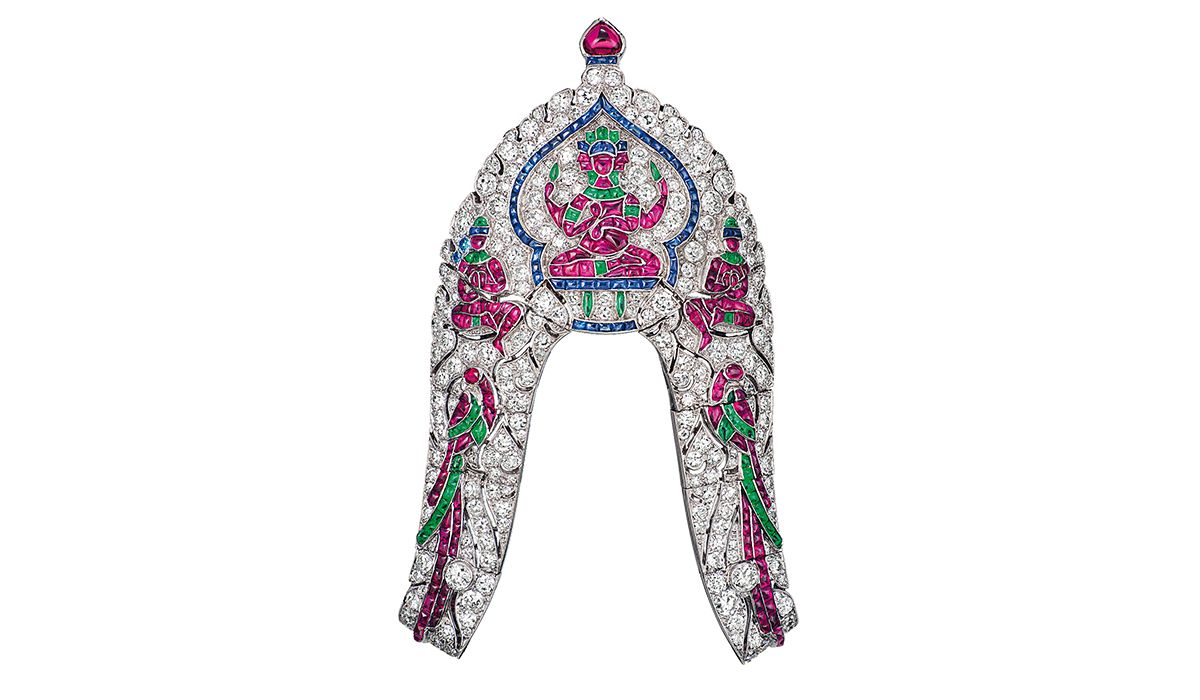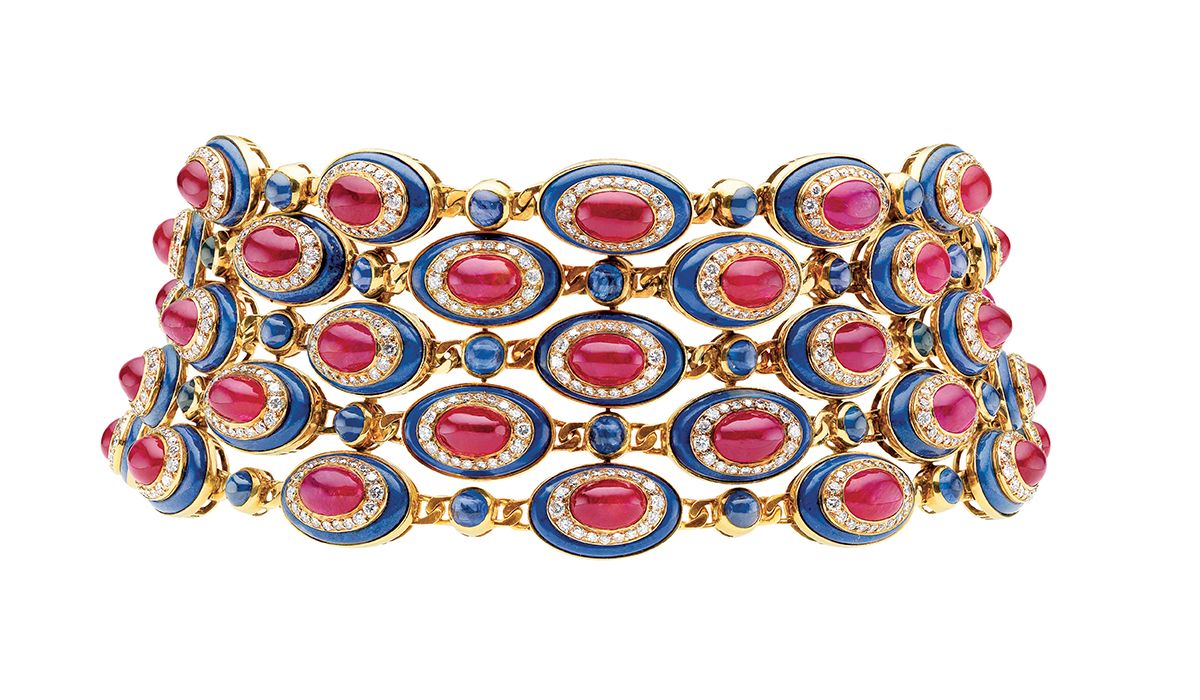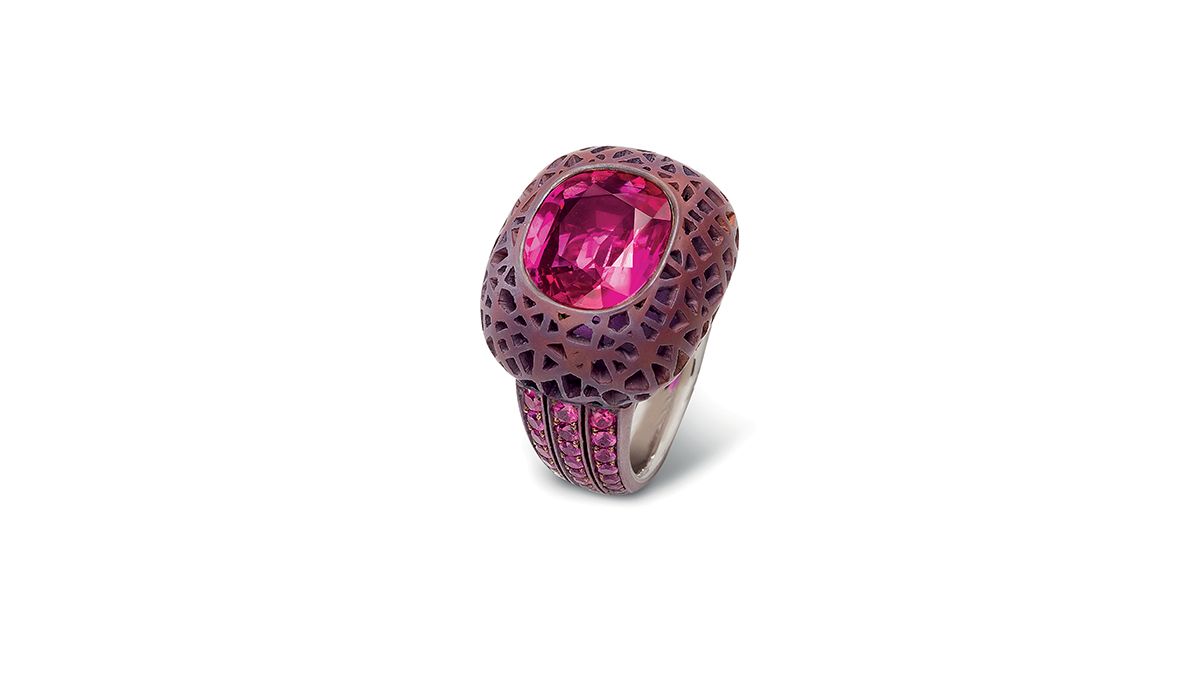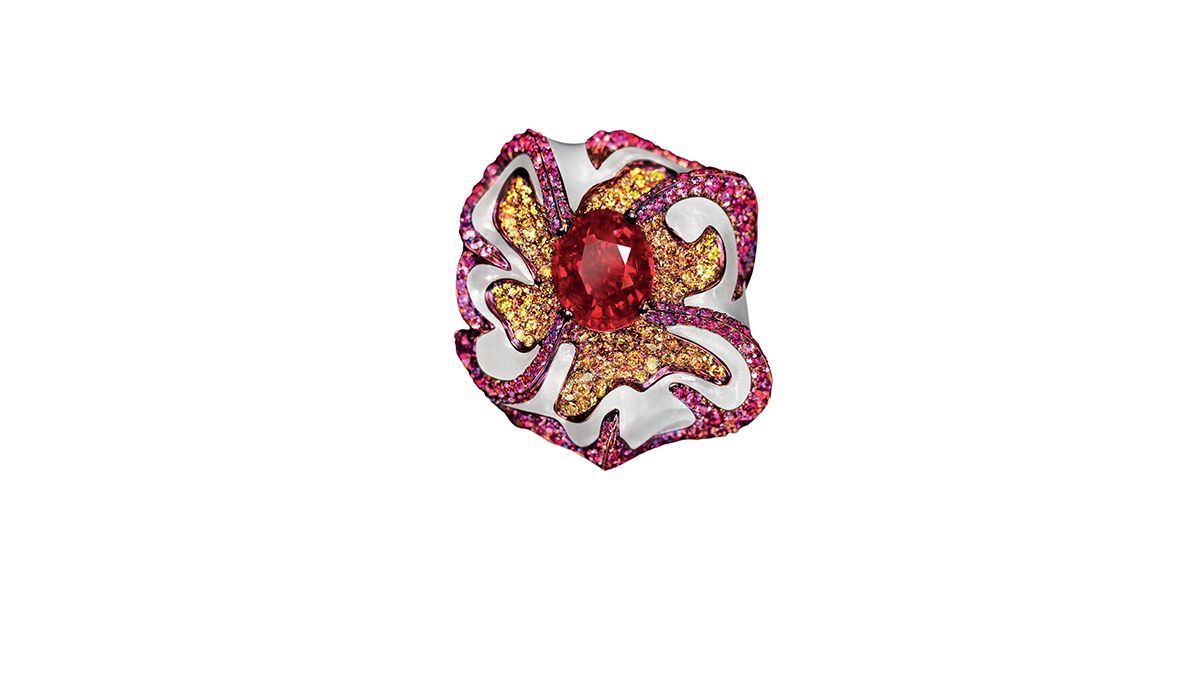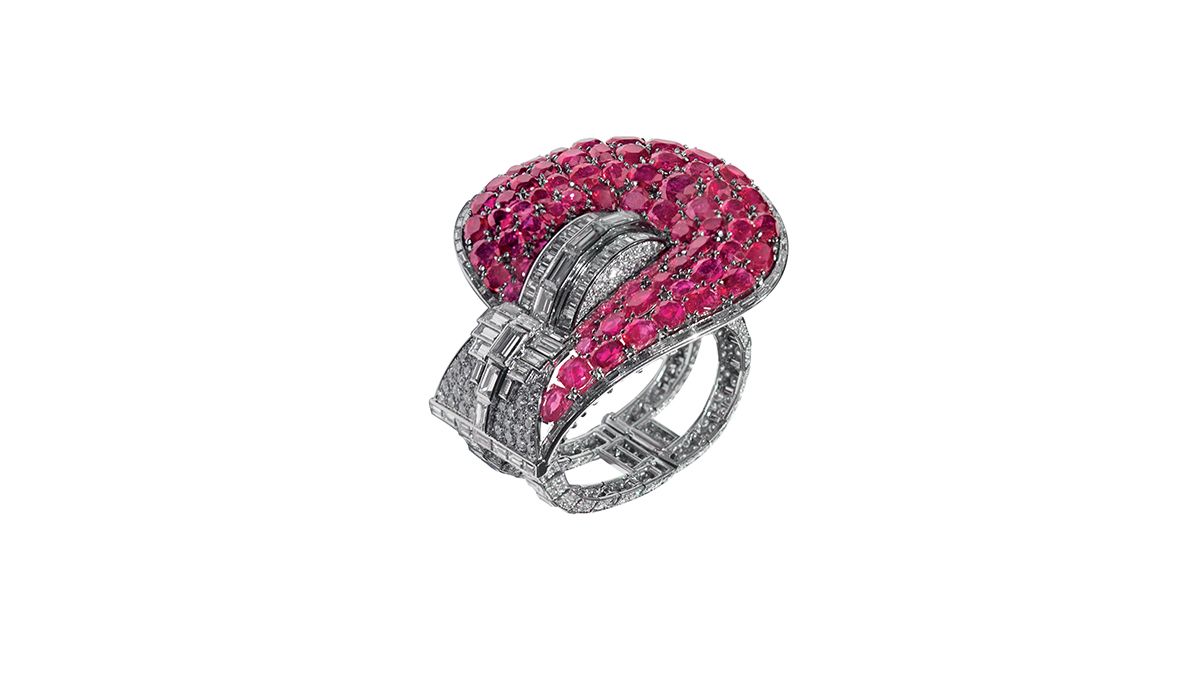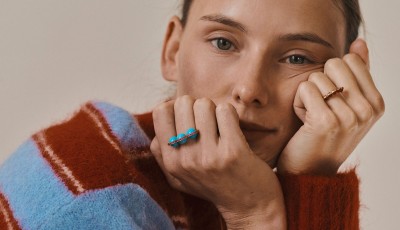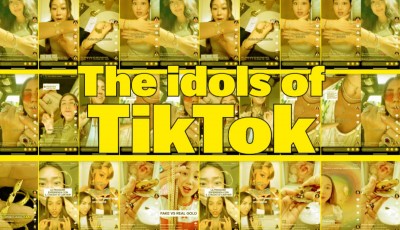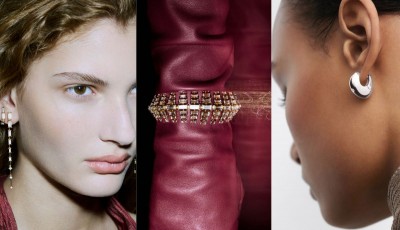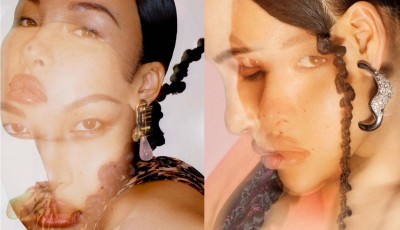A Ruby for S.Valentine
In the day of love, Joanna Hardy explains the true value of the ruby, as passionate and intense as red, that is so full of mystery, sentiment and greatness
'There is a shade of red for every woman.' This famous quote by Audrey Hepburn opens the book 'Ruby: The King of Gems,' an important new work published by Thames & Hudson that takes the reader on an exciting and unique journey of discovery into one of the most sensual and mysterious gems of all times. «The value of a ruby is strictly tied to its journey. All of the rubies I talk about in the book are important because each of them has embarked upon an extraordinary journey,» says the author. Joanna Hardy, a gemologist and jewelry historian, began her career working with diamonds, but she soon fell in love with colorful precious stones, especially the ruby because they are «Powerful, electric, vibrant, a symbol of protection, love and passion... Not bad for one stone!». With a color that is as passionate and intense as red, the ruby is one of the most precious colored stones in the world, even more rare than the diamond. This is why it is called the 'king of gems.' «When you see that top prices for rubies can reach $1,2 million per carat while the largest white diamond has not yet even reached $300,000 p/c, it is clear that the most important rubies are much more sought after because they are incredibly rare,» explains Hardy. The ruby’s strength also has to do with its color. «Red has always been tied to the emotional sphere, and it fills the wearer with passion».
And the chrome and iron found in the stone have always brought character to each individual gem. «It all depends on what it wants to tell us. Each stone is unique. What makes the difference is the amount of chrome in relation to the iron. The more chrome there is, the more the ruby will seem fluorescent. The more iron there is, like in those stones from Cambodia and Thailand, the darker it will be (now those stones are only found in vintage markets considering the fact that Thai and Cambodian deposits ran out in the 1960s). The ruby’s natural inclusions will also tell a gemologist what part of the world it came from and even from what mine.» Therefore, the most important words for understanding the complex world of this stone, which has made its way through the centuries without losing its aura of mystery, are 'journey, color and history.' To this end, Hardy points out «It was always believed that the ruby brought a great deal of energy and protected the wearer in battle. Furthermore, because it is red in color, just like blood, it has always been considered the life stone.»



